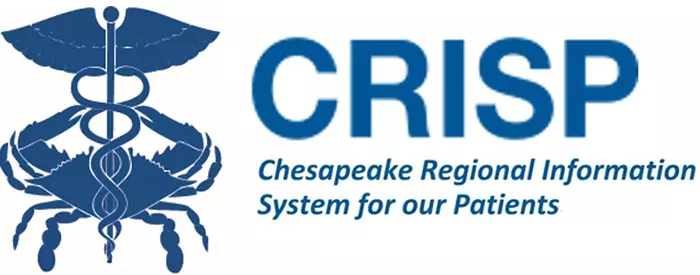
Taking control of data to improve health outcomes

At a glance
CRISP Shared Services (CSS) wanted to bring its near real-time Health Information Exchange data processing in-house to increase speed and security, so it partnered with Slalom to build out their streaming data platform in Azure Databricks
Impact
Now CSS can process over 1.7 million messages daily—in near real time, with increasing quality—to drive better health outcomes across five states and counting.
Key Services
Industry
Health tech and services
Key Technologies / Platforms
- Azure Data Lake
- Azure Databricks
- Azure Storage Queue
- Databricks Autoloader
- Microsoft
Unified messaging for better outcomes
In the medical field, a split second can mean the difference between life and death, and that moment can often hinge on medical professionals having access to crucial information. Chesapeake Regional Information System for our Patients (CRISP) understands this, which is why it aims to keep its Health Information Exchange (HIE)—a secure way of messaging that hospitals and clinics use to share patient information—at the cutting edge of efficacy and speed.
Since 2011, every hospital in Maryland has used CRISP as their data and messaging platform. They’ve since launched CRISP Shared Services (CSS), a non-profit that has expanded its HIE services to DC, Virginia, West Virginia, Alaska, and Connecticut.
At the core of CSS’s offerings are HL7 messages—information sent between disparate healthcare systems. For example, if a patient involved in a car accident ends up in a hospital on the other side of town from their primary care physician (PCP), their PCP can access that medical info sent via HL7 messages. This type of information sharing requires the utmost security, accuracy, and speed.
In the past, CSS was sending updates in batches, and they were relying entirely on a third party for their near real-time data processing.
CSS wanted to bring its near real-time data processing in house to drive better outcomes for patients at the individual level, as well as public health and research purposes, while simplifying communication to physicians and payers. Having partnered with Slalom in the past to build a data platform that enabled COVID tracking, the decision to bring Slalom on board for this new project was a simple one.
CRISP and Slalom had previously implemented a data lake to analyze CRISP’s data faster and curate deeper insights. Now that the organization was beginning to process its messaging data in-house, there was a clear opportunity to process this extremely high volume of data with total control. It was soon decided that an Azure Data Lake solution would, again, be the ideal choice. But this time there was an additional goal: to build a streaming data platform that would process message data in real time, allowing medical providers to receive messages nearly instantaneously while maintaining security and privacy.
Streaming healthcare data – at scale
After an initial discovery period, the team got to work building the streaming data platform. Within six months the platform was up and running, processing a staggering 1.7 million messages daily.
Slalom principal Chris Mantz said there were many benefits beyond speed. In addition to the data being processed much faster, “CSS was able to create a feedback loop for quality assurance that allowed them to better report on the data quality of the messages they received.”
Because data processing could be kept inside the client’s Azure environment, the team was also positioned to leverage Microsoft's Azure Storage Queue which, coupled with Databricks Autoloader, allows the team to ingest incoming streaming messages efficiently and at scale.
Building on a mission
CSS’s mission is to appropriately and securely share data to facilitate care, reduce costs, and improve health outcomes, and the streaming data solution it built with Slalom lets it do just that.
“They’re definitely improving the speed and the quality of data that's being shared with providers so that if you end up in the emergency room, they have a little bit of your background, they might know about some preexisting conditions, and they have context about you,“ Mantz said. “I think that’'s incredibly important.“
Sean Fischer, a Slalom consultant, is proud of how his work contributed to CSS’s admirable mission. “We were able to give more control to an organization, a nonprofit that wants to do right by patients. They are very serious about that,” said Fischer. “They want to improve public health outcomes in Maryland as well as DC, Virginia, West Virginia, Alaska, Connecticut and whatever state comes online next.“


